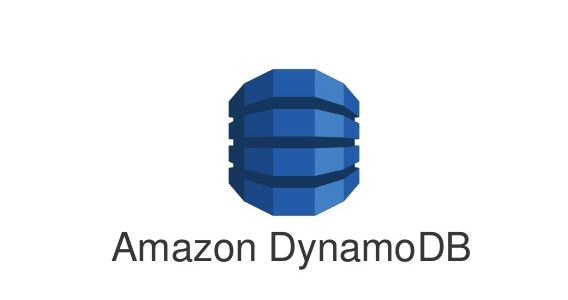What is DynamoDB?

Hire Arrive
Technology
about 1 year ago
 Amazon DynamoDB is a fully managed, serverless NoSQL database service offered by Amazon Web Services (AWS). It's designed to provide single-digit millisecond latency performance at any scale, making it ideal for applications requiring high throughput and low latency, such as mobile gaming, ad tech, and real-time analytics. Unlike relational databases that organize data into tables with rows and columns linked by relationships, DynamoDB uses a key-value and document database model. This makes it highly flexible and efficient for specific types of workloads.
Amazon DynamoDB is a fully managed, serverless NoSQL database service offered by Amazon Web Services (AWS). It's designed to provide single-digit millisecond latency performance at any scale, making it ideal for applications requiring high throughput and low latency, such as mobile gaming, ad tech, and real-time analytics. Unlike relational databases that organize data into tables with rows and columns linked by relationships, DynamoDB uses a key-value and document database model. This makes it highly flexible and efficient for specific types of workloads.
Key Features and Concepts:
* Key-Value and Document Database Model: DynamoDB stores data as items, each identified by a primary key. These items can contain various attributes (key-value pairs) and can be structured as JSON documents. This allows for flexible schema design, meaning you don't need to define a rigid schema upfront. You can easily add or modify attributes as your application evolves.
* Scalability and Performance: DynamoDB automatically scales to handle massive amounts of data and traffic. You don't need to worry about provisioning or managing servers; AWS handles all the infrastructure. Its performance is consistently fast, ensuring low latency even under heavy load. This is achieved through a distributed architecture and sophisticated caching mechanisms.
* Primary Key: The primary key is crucial in DynamoDB. It's what uniquely identifies each item. It can be a single attribute (partition key) or a composite key (partition key and sort key). Choosing the right primary key is critical for optimal performance. The partition key distributes data across multiple servers, while the sort key (if used) orders items within a partition.
* Secondary Indexes: To improve query performance, DynamoDB allows you to create secondary indexes. These indexes provide alternative ways to access your data based on attributes other than the primary key. This is particularly useful for complex queries that would otherwise be slow using only the primary key.
* Global Tables: DynamoDB Global Tables allow you to replicate your data across multiple AWS regions, ensuring high availability and low latency for users worldwide. This is ideal for applications with a global user base.
* Transactions: DynamoDB supports transactions, allowing you to perform multiple operations atomically. This ensures data consistency, even in concurrent access scenarios.
* Serverless: As a serverless service, DynamoDB eliminates the need for database administration. AWS handles all the underlying infrastructure, including backups, patching, and scaling. You only pay for what you use.
When to Use DynamoDB:
DynamoDB is a powerful tool, but it's not the right choice for every application. Consider it when:
* High throughput and low latency are critical: DynamoDB excels in applications requiring rapid response times. * You need scalable storage: It can handle massive amounts of data without requiring manual scaling. * You have a flexible data model: Its schema-less design is perfect for applications with evolving data structures. * You require high availability and fault tolerance: DynamoDB's distributed nature ensures resilience.
When to Consider Alternatives:
Consider other database options if:
* You require complex joins and relationships: DynamoDB is not designed for complex relational queries. * You need ACID properties across multiple items: While DynamoDB supports transactions within a single item, cross-item ACID transactions require more sophisticated approaches. * You have a strong preference for SQL: DynamoDB uses a NoSQL data model.
In conclusion, DynamoDB is a robust and highly scalable NoSQL database service offering exceptional performance and ease of use. Its serverless nature simplifies development and operations, making it an attractive option for a wide range of applications. However, it's crucial to understand its strengths and limitations to determine if it's the appropriate choice for your specific needs.